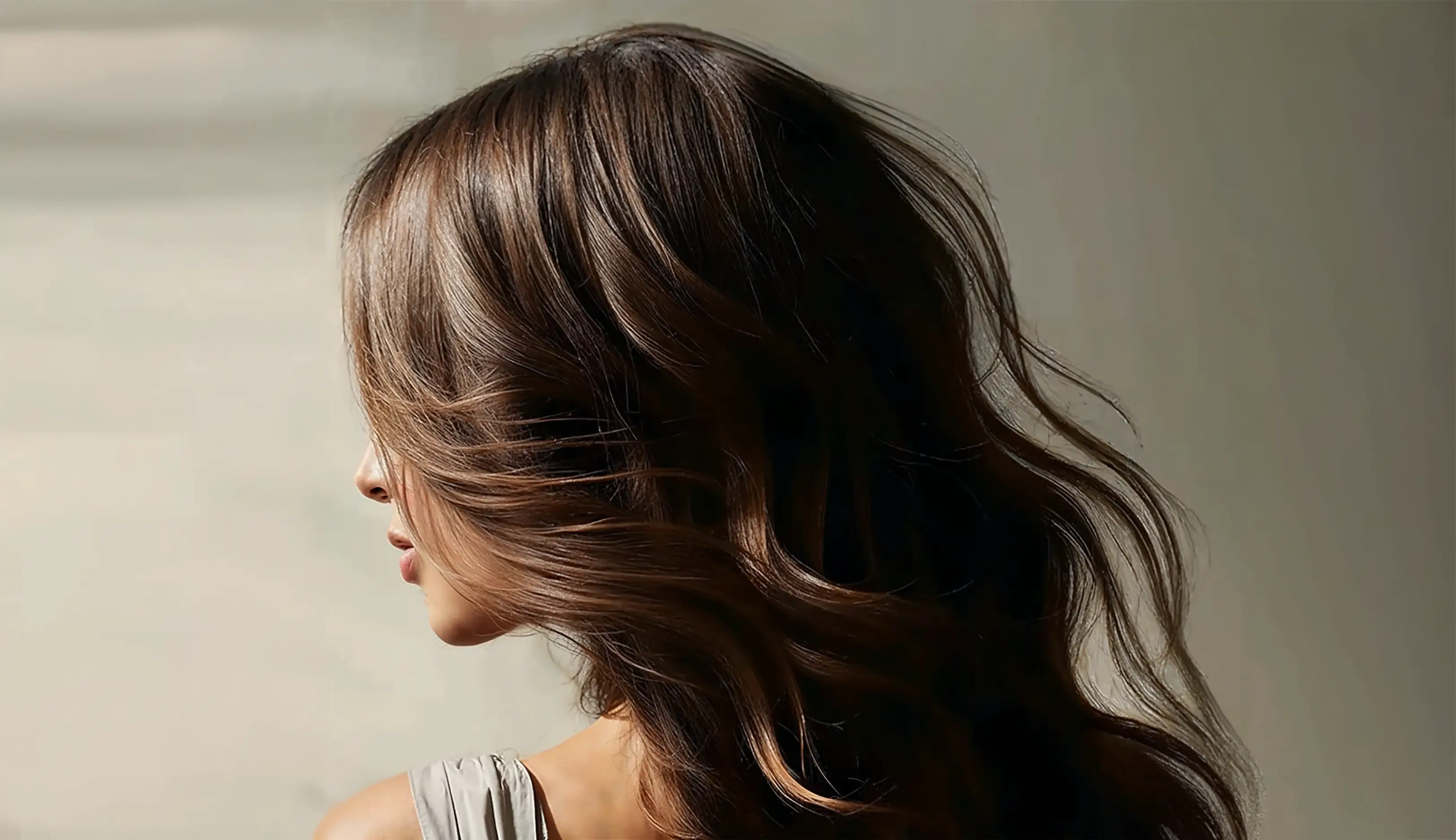Hair coloring can seem scary and complicated, but it doesn't have to be! With a little understanding of basic color theory, you can get the hair you've always dreamed of.
To understand hair coloring, we must first understand the structure of hair. All hair is made up of the primary colors Red, Yellow and Blue. It is the amount of primary color that determines the color of the hair. We measure this on a scale of 1 – 10, where 1 is black and 10 is platinum blonde. We call this the pitch scale, a table with all the pitches. See the table here.
We also have a table that shows the underlying pigments of the tones. This table is called an Underlay Table. When a strand of hair is lightened, whether by natural or artificial lightening, the blue pigment always disappears first and the golden pigments remain. The Underlay Table shows the amount of yellow, orange and red pigments that are present in each tone. This explains why hair can be perceived as more golden/warm after a sunny summer.
All hair strands are made up of the primary colors Red, Yellow and Blue. It is the amount of primary color that determines the pitch of the hair.
When it comes to coloring your hair, it's important to know that it's not just the tone that determines the result. We also have the color star, which consists of primary, secondary and complementary colors. Neutralizing unwanted reflections is done by using complementary colors. If your hair has become too yellow, neutralize with purple. If your hair is orange, neutralize with blue. Sometimes your hair can be perceived as a little yellow/orange, in which case you need to neutralize with both purple and blue. You can read more about the color star here.
When it comes to the numbers on hair colors, it can be a little confusing. But it's actually easy to understand. The numbers are the "name" of the colors, and the order indicates the amount. The first number is the pitch of the color, while the numbers after the period tell you which reflexes it contains. Read more about color theory here.
To understand hair coloring, we must first understand the structure of hair. All hair is made up of the primary colors Red, Yellow and Blue. It is the amount of primary color that determines the color of the hair. We measure this on a scale of 1 – 10, where 1 is black and 10 is platinum blonde. We call this the pitch scale, a table with all the pitches. See the table here.
We also have a table that shows the underlying pigments of the tones. This table is called an Underlay Table. When a strand of hair is lightened, whether by natural or artificial lightening, the blue pigment always disappears first and the golden pigments remain. The Underlay Table shows the amount of yellow, orange and red pigments that are present in each tone. This explains why hair can be perceived as more golden/warm after a sunny summer.
All hair strands are made up of the primary colors Red, Yellow and Blue. It is the amount of primary color that determines the pitch of the hair.
When it comes to coloring your hair, it's important to know that it's not just the tone that determines the result. We also have the color star, which consists of primary, secondary and complementary colors. Neutralizing unwanted reflections is done by using complementary colors. If your hair has become too yellow, neutralize with purple. If your hair is orange, neutralize with blue. Sometimes your hair can be perceived as a little yellow/orange, in which case you need to neutralize with both purple and blue. You can read more about the color star here.
When it comes to the numbers on hair colors, it can be a little confusing. But it's actually easy to understand. The numbers are the "name" of the colors, and the order indicates the amount. The first number is the pitch of the color, while the numbers after the period tell you which reflexes it contains. Read more about color theory here.











